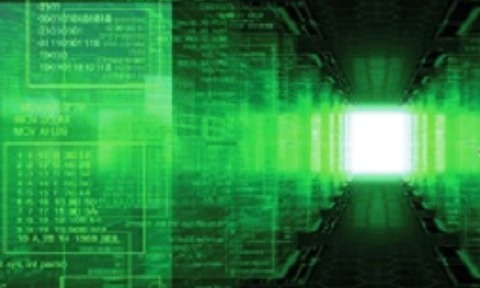Quantitative methods could protect plants from hacks, say researchers
12 Feb 2017

Using quantitative methods to prioritise cyber security will help protect power stations from hacks, according to research by Michigan Technological University.
The study’s lead author Chee-Wooi Ten said the method is similar to measuring blood pressure.
"You know your health is at risk because we monitor systolic and diastolic numbers, so perhaps you work out more or eat healthier," Ten said.
"The grid needs established metrics for health too, a number to gauge if we are ready for this security challenge,” he added.
Ten said that because of high-profile cyber attacks like the Stuxnet virus, which was used to attack Iranian nuclear facilities in June 2010, industry is now well aware of the dangers.
Hackers typically target automated systems that control much of the grid. However, Ten said that without solid security measures, these systems are vulnerable.
With a better understanding of the system’s weaknesses, it's easier to be strategic and shore up security risks, he said.
However, he added: “Simply because the remote substation networks are constantly commissioned with full compliance doesn’t mean they are secure. There is going to be a tremendous impact if we’re negligent and fail to keep up with changes in communication infrastructure and emerging security threats.”

